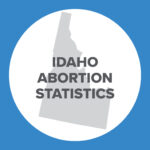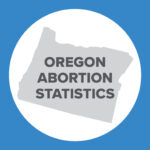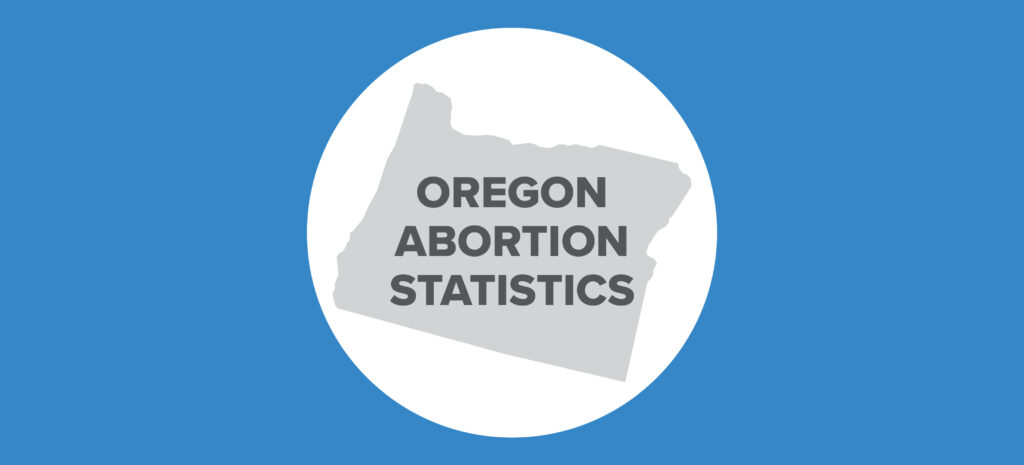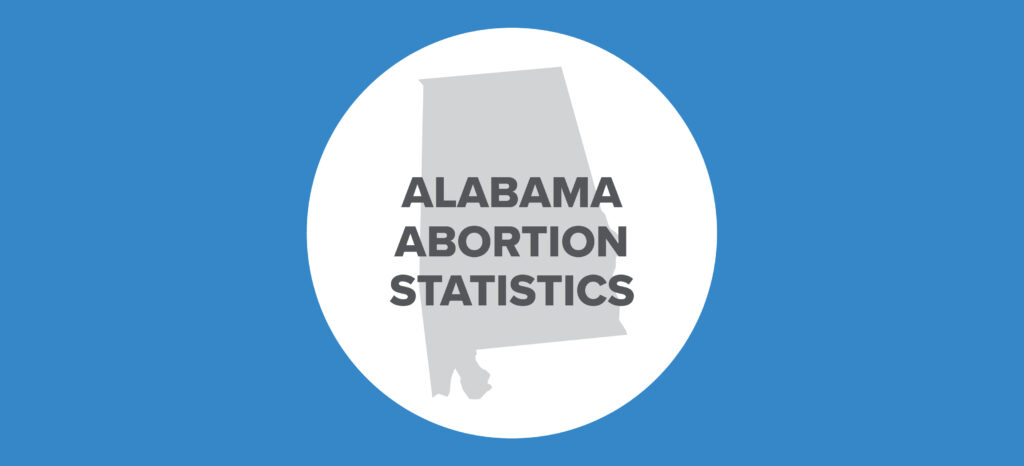Chiaroscuro Foundation’s Riveting Look at New York Abortion Data
Four decades ago a presidential advisory body, the Rockefeller Commission on Population Growth and the American Future, weighed in on the abortion issue and urged legalization. It also made a bold and ultimately false prediction. After recommending that U.S. states adopt liberal abortion laws like the one that had been recently passed in New York state, the Commission stated:
What is the effect of abortion on out-of-wedlock births? The best information comes from New York, where out-of-wedlock births have been on the rise since they were first recorded in 1954. Statistics for the first eight months of 1971 indicate that, for the first time, the rate is declining. Moreover, the New York City programs for unmarried pregnant girls have reported a sharp decline in the number of applicants this year.
The Commission also stated its confidence that a change in public policy would result in a decrease in the “need for abortion” over time.
Where does New York stand 40 years on from this pathbreaking report? Thanks to a detailed abortion reporting policy for New York City and a riveting graphic just published by the Chiaroscuro Foundation, we know that the city’s abortion ratio is 41%, using a Guttmacher Institute formula calculated as “abortions per 100 pregnancies ending in abortion or live birth.” The city’s abortion rate, with full public funding of elective abortion, widespread insurance coverage of elective abortion, and major investments in family planning clinics, is more than two times the national average.
As for the apparent decline in out-of-wedlock births that excited the Commission in the brief time interval it studied, today (2009) the rate for all of New York state is 42%. The conclusion is clear, as the Chiaroscuro Foundation’s graphic dramatically illustrates, that New York’s consistently high abortion rate is coexisting comfortably with a steadily rising out-of-wedlock birth rate. And there is reason to believe as well that an expanding social safety net to help single mothers deal with the challenges of solo parenthood is, ironically, a path deeper into the problem and not out of it.
According to newly analyzed data from a 50-state Heritage Foundation study, having a child within marriage in New York drops that child’s prospective poverty rate by 81 percent. The causes of a simultaneously high abortion rate and out-of-wedlock birth rate are various and arguable, but their coexistence in New York and elsewhere should spur deepened conversation and less sloganeering in any locality that wants to make abortion rare, secure more mother-and-father households, and prevent child poverty.
























